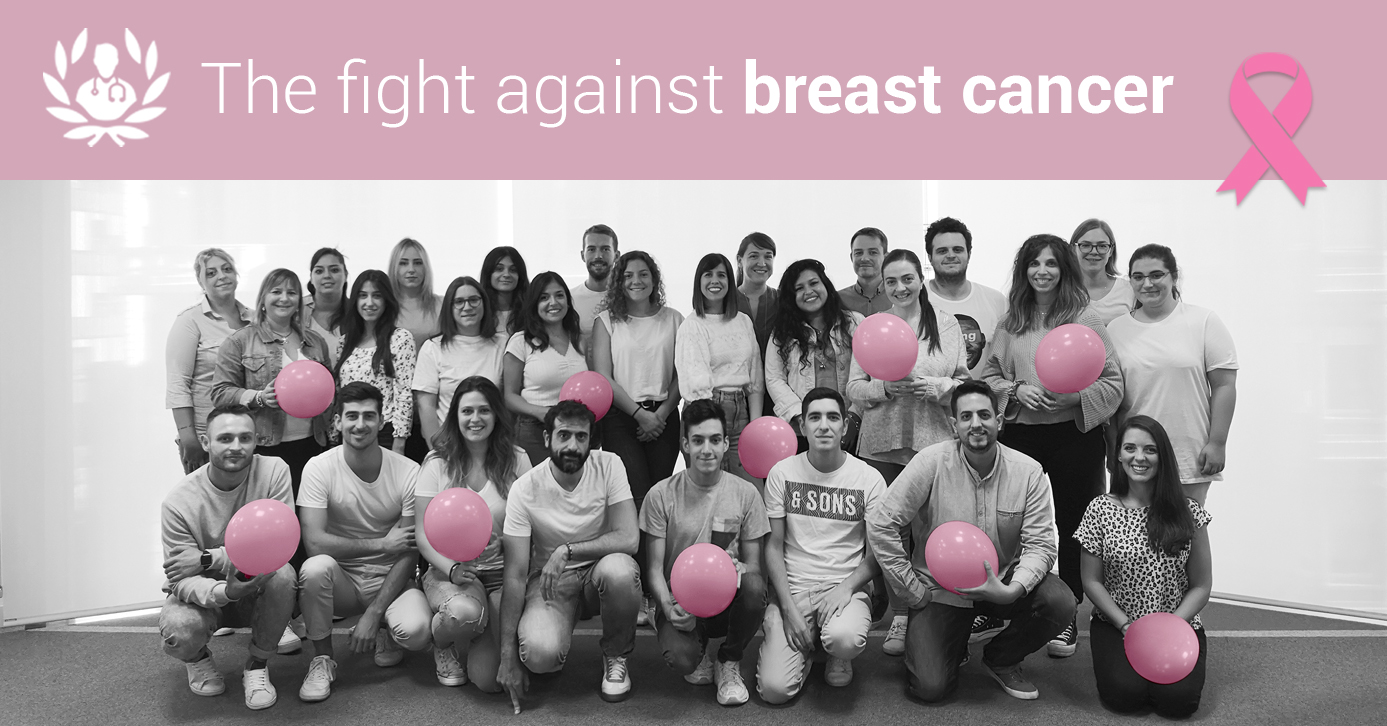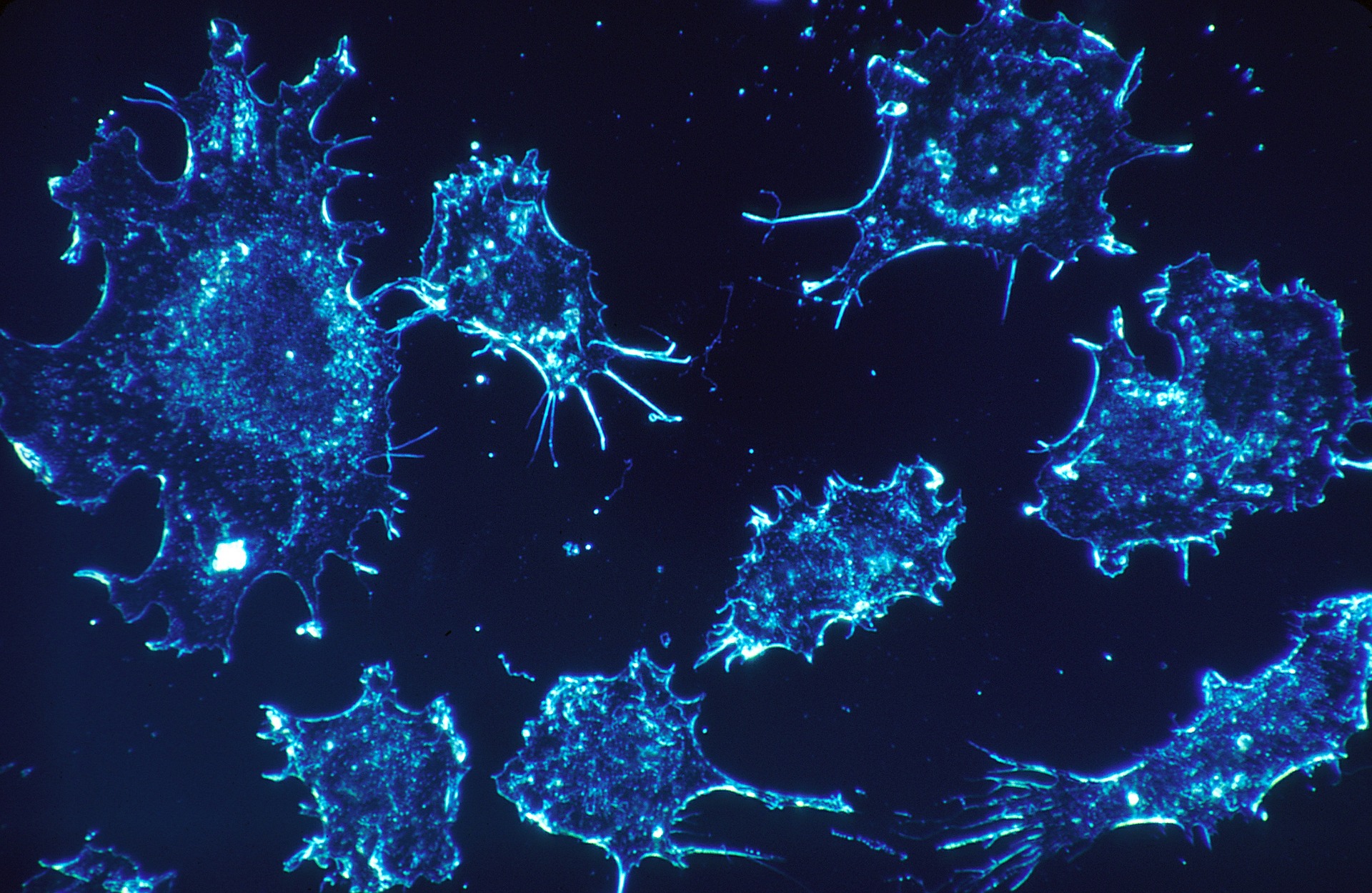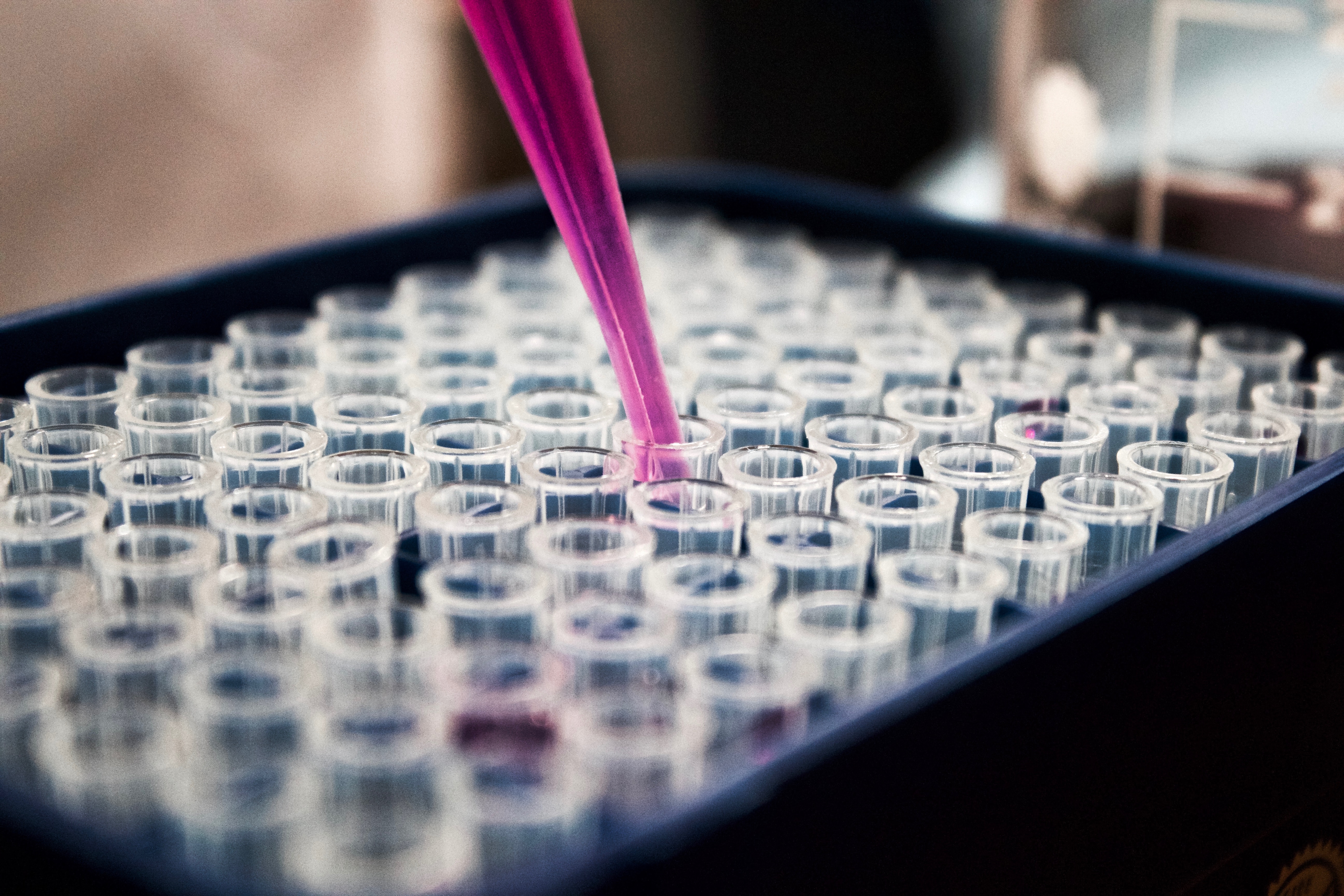Every October is internationally celebrated as Breast Cancer Awareness Month. With this awareness comes fundraisers and donations, and consequently, funding for ground-breaking research. Because of this, we want to take you through some of the latest advances in breast cancer research and treatment.

According to the World Cancer Research Fund, breast cancer is the most common cancer in women on a global scale. It’s also the fifth most common cause of death from cancer in women. We have diagnostic tools such as mammograms, ultrasounds and breast MRIs. We also have treatments such as brachytherapy for breast cancer, breast cancer surgery and radiotherapy. However, work still needs to be done.
By the end of this post, you’ll understand what progress is being made to combat this life-threatening disease and turn it into a cancer of the past.

More than one breast cancer
In 2012, scientists discovered that breast cancer is at least ten different diseases, unlike the one disease we all previously believed it to be. As explained by Cancer Research UK here, these findings don’t change the current treatment of breast cancer but they have opened up a new host of possibilities.
The study found that no two tumours were the same. This suggests that tumours evolve based on each body’s environment. This makes the process of treating a variety of adaptable and unique breast cancer tumours more daunting, but it enables scientists to work on preventing drug resistance before resistant tumours can occur. What’s more, it provides an entry to personalised medicine.

Researching the causes of breast cancer
Air Pollution
While not fully conclusive, breast cancer research has suggested that air pollution affects the risk of breast cancer. There is evidence to suggest that the chemicals in traffic-related air pollution contribute to a woman’s risk of developing breast cancer.
Lifestyle choices
According to Breast Cancer UK, over a quarter of cases are preventable. Many people don’t realise that our lifestyle choices and actions really can have an impact

One 2015 study that can be found in the British Journal of Cancer looked at risk factors in England, Wales, Scotland, Northern Ireland, and the UK as a whole. It found that tobacco and being overweight are the top contributors of attributable cancer cases. This applies to all cancers, not just breast cancer.
This graphic by Cancer Research UK shows how exactly being overweight/obese increases the risk of developing various cancer.

This does not imply that being overweight and smoking guarantee that you will have breast cancer because there are other lifestyle factors to consider too. However, they have been proven to increase your risk of developing cancers, including breast cancer.
The following graphic by Cancer Research UK shows that being overweight is linked to breast cancer more than other cancers, specifically in menopausal women.

Toxic chemicals in everyday life (EDCs)
Aside from chemicals in the air, our environment also contains endocrine-disrupting chemicals (EDCs) which have been associated with increased incidences of breast cancer. EDCs are found in toys, plastics, furnishings, clothing, cosmetics and cleaning products. In this 2012 report by the World Health Organisation (WHO) about endocrine-disrupting chemicals, they state that “There is a trend towards earlier onset of breast development in young girls in all countries where this has been studied. This is a risk factor for breast cancer.”
Improving treatment
Chemo brain
While chemotherapy has been developing and improving for decades, the side effects can be unforgiving.
One of these side effects is chemo brain. While the name makes it sound strictly related to chemo, this is quite misleading. Macmillan Cancer Support state in their thorough description of chemo brain that it can occur in patients who haven’t received chemo as a treatment. They explain that it’s actually a cognitive change that is estimated to affect 78% of people with cancer.
By researching chemotherapy, as well as other treatments and their effect on patients, the impact of treatment on the mental and physical well-being of sufferers could be lessened.
Liquid biopsies
In liquid biopsies, a sample of blood is taken and examined. In the case of cancer, it’s examined for tiny fragments of cancer DNA. New liquid biopsy tests could be up to 100 times more sensitive than other blood-based cancer monitoring tests.

Liquid biopsies already exist. However, this latest advance in breast cancer research means that with these new tests, women with early-stage cancer could be treated more effectively. Furthermore, current liquid biopsies are currently only able to detect DNA of advanced breast cancer cells, and not earlier-stage or less aggressive breast cancer cells.
This research could mean that scientists can improve different aspects of breast cancer management such as diagnosing cancer earlier than currently possible and predicting how aggressive the cancer is, ultimately increasing the chance of survival.
Forbes makes an excellent job of describing what liquid biopsies could mean for breast cancer diagnosis and treatment.
Millions of breast cancer fighters around the world

Support and fundraising for breast cancer take many forms. There are lots of activities and charities to get involved with. Many men, women and children around the world admirably take part in fundraising events to further breast cancer research and awareness every day.
You may well know someone who has shaved their head or taken part in a bake sale with all earnings going towards a breast cancer charity. Perhaps you have an organised walk near where you live! If you want to raise money and awareness for breast cancer research but don’t know where to start, take a look at Cancer Research UK’s A-Z list of fundraising ideas!
There are charities that provide amazing support by assisting women with hair loss resulting from breast cancer treatment. We recommend visiting Cancer Hair Care to see the fantastic work they do. They help to restore the confidence of many cancer sufferers in the UK by providing all kinds of advice relating to hair loss and regrowth.
Conclusion
More of our everyday lifestyle habits and surroundings have been found to contribute to the risk of breast cancer. This means that we can improve our chances of lowering the risk. What’s more, exciting improvements to diagnostic tools and treatments are always in the works. This is in great part thanks to fundraising charities and events which allow this research to take place
Learn more about breast cancer by reading these articles written by leading UK medical specialists.

Extra: UK breast cancer charities
Popular UK charities specific to supporting people affected by breast cancer
Popular UK charities that offer support for multiple types of cancer, including breast cancer







